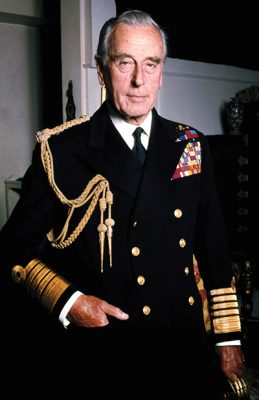
Viceroy of India Admiral Lord Louis Mountbatten, former Supreme Commander of South East Asia Command (SEAC, 1943-46) and Governor General of India (1947-48), always lauded the Indian Armed Forces for its pivotal contribution in World War II and mentioned the small Royal Indian Navy (RIN) under his command as his favourite service.
Governor General Lord Mountbatten, who latter became First Sea Lord (FSL) and CDS of UK, directed Vice Admiral Sir William Perry, C-in-C Royal Indian Navy (1948-50) to draw up a Long Term Naval Plan, and echoed that the raison d’etre of India’s Navy should be, to be a maritime power in the Indian Ocean for stability as Britain receded, and for India’s prosperity.
That comprehensive plan as a template of the Navy of India was approved by the then Government and was called the First Naval Plan which included three aircraft carriers, one for each coast and one in refit. 13 ships including an aircraft carrier and two inch gun cruisers were acquired from Britain and every subsequent naval plan accepted the Indian Navy’s need for minimum three aircraft carriers. However, the Navy’s smallest share of the defence budget, waxing and waning from 18 per cent to current 13 per cent, it has not been able to afford three aircraft carriers. India’s defence budget is only 2.4 per cent of India’s GDP.
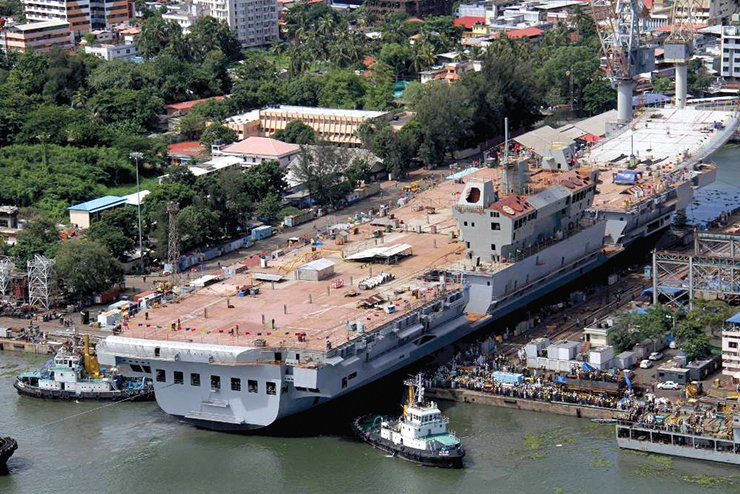
The imperative need of three aircraft carriers is still valid, no matter what arguments are tabled by critics and inter services rivalries, that aircraft carriers are easy targets to missiles or submarines or they are ‘White Elephants’ for costs, or their day is over or Air Force can replace carriers and perform the tasks. The answer is a one liner in defence of aircraft carriers. No Blue Water Warship Battle Group (WBG) can be complete without submarines and the integral air power provided by an aircraft carrier in war or out of area operations. Also, for many other functions that an aircraft carrier performs for the nation in peace in flag showing, Humanitarian Assistance and Disaster Relief (HADR) and in emergency evacuations.
This writer concedes that an aircraft carrier is capital intensive and current defence budget does not allow funds for more than two carriers, and navy’s nuclear submarines are also expensive even if they are not fully funded from the naval budget. The total defence budget of FY2020-21 stands at Rs 4,71,378 crore (US$70 billion approximately), out of which budget for the armed forces and DRDO is Rs 3,23,053 crore (US$46 billion). For defence pensions account the budget outlay is Rs 1,33,825 crore (US$19 billion) and civil expenditure is Rs 14,500 crore (US$2.1 billion). The Navy’s allocation is Rs 61,890 crore (13.2 per cent/US$ 8.7 billion), and an aircraft carrier could cost US$3 billion over few years in building.
Indian Navy’s first aircraft carrier 16,000 tonne INS Vikrant (HMS Hercules) with Sea Hawk fighters and Breguet Alize ASW/EW planes was received by Prime Minister Pandit Nehru at Ballard Pier Bombay in 1961. INS Vikrant’s planes contributed invaluable service in the victorious 1971 Bangladesh war in the east, and hastened the Pakistani surrender. Indian Navy operated two aircraft carriers from 1987 when 21,000 tonne INS Viraat (Ex HMS Hermes) joined Vikrant with Sea Harrier fighters and Sea King MK2B ASW helicopters. INS Vikrant was decommissioned in 1997.
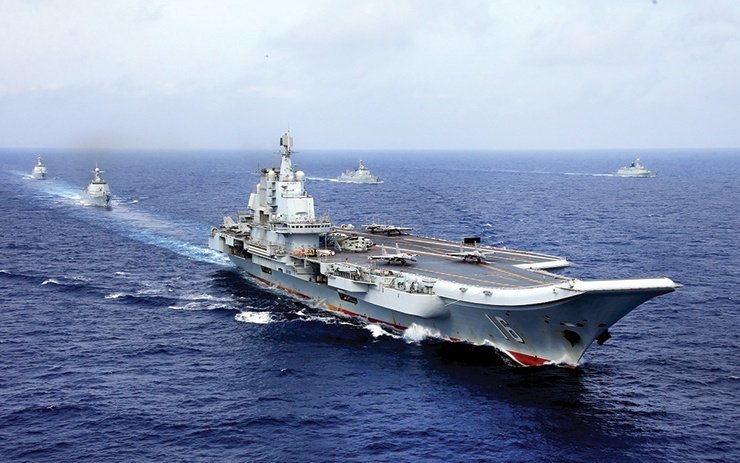
For the next 16 years, Navy operated the lone INS Viraat when 43,000 tonne refurbished INS Vikramaditya (Ex Gorshkov) joined from Russia with MiG-29Ks and Ka-31 AEW helicopters in 2013. INS Viraat was decommissioned in 2017 and India’s first indigenous aircraft carrier 28,500 tonne re-born Vikrant was ordered at Cochin Shipyard Ltd (CSL), and is under construction awaiting its first sea trials with HAL supplied LM-5000 gas turbines after moving on its own power from CSL yard to a commercial berth. Learning from INS Arihant experience, Navy should have bought a proven design. The platform has seen delays and many changes including accommodation for women crew.
Majority of land locked Indians suffer from ‘Sea Blindness’ and do not appreciate that historically nations have risen on the planks of maritime power and economy. The world’s power and economy has shifted to the East with the rise of China, India, South Korea and Association of Southeast Asian Nations (ASEAN). Japan is already an economic and self defence maritime power. China has given the most fillip and budget to become a 300-ship powerful PLA (Navy) lording over the South China Seas as a maritime bully with two aircraft carriers Liaoning and Shandong. India too has a potent but a small Navy in comparison, and operates as the net security provider in the Indian Ocean Region.
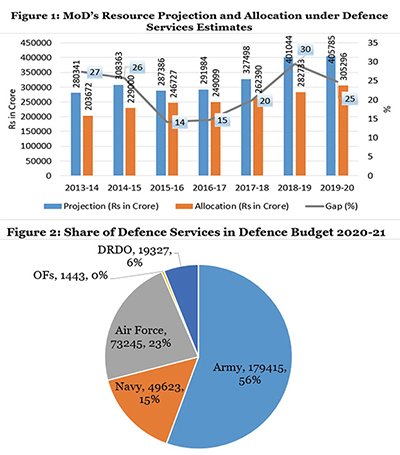 In World War II, the aircraft carrier dramatically changed naval warfare and air power became a significant factor in warfare at sea. Japanese and US navies fought carrier battles in the Pacific. Today range of carrier aircraft with mid air refuelling, focal weapons and flexibility, the effectiveness of carriers has increased. China has plans for more aircraft carriers, USA operates 11 large nuclear powered carriers, UK has two conventional carriers and France has one nuclear powered carrier. Spain and Italy operate a carrier each and Japan is converting its four helicopter carriers to operate JSF-35s and innovations in designs are on the cards to make cheaper and dual use aircraft carriers. But the need is unlikely to go away for nations that can afford them and have aspirations in the comity of nations.
In World War II, the aircraft carrier dramatically changed naval warfare and air power became a significant factor in warfare at sea. Japanese and US navies fought carrier battles in the Pacific. Today range of carrier aircraft with mid air refuelling, focal weapons and flexibility, the effectiveness of carriers has increased. China has plans for more aircraft carriers, USA operates 11 large nuclear powered carriers, UK has two conventional carriers and France has one nuclear powered carrier. Spain and Italy operate a carrier each and Japan is converting its four helicopter carriers to operate JSF-35s and innovations in designs are on the cards to make cheaper and dual use aircraft carriers. But the need is unlikely to go away for nations that can afford them and have aspirations in the comity of nations.
Indian Navy has progressed plans for a large 65,000-tonne catapult-assisted take-off and arrested recovery (CATOBAR) carrier, an expanded capability over INS Vikramaditya, besides the 34,000-tonne domestically built Vikrant (IAC-I) for larger take off load and endurance. India signed an agreement with USA for help in its third carrier programme. Vice Admiral SPS Cheema, a former Carrier captain, took a delegation to Ingalls Huntington Yard in New Port, USA and visited USS Gerald Ford from August 12-14, 2015. Program Officer for Aircraft Carriers Rear Adm Tom Moore briefed the Indian team in USA and many discussions took place on the size and propulsion as the start blocks and Navy’s architects got involved with the project for the basic IAC-II design named Vishal. Financial sanctions were provided to scale up a design and a full directorate with a Rear Admiral was set up at Naval Headquarters.
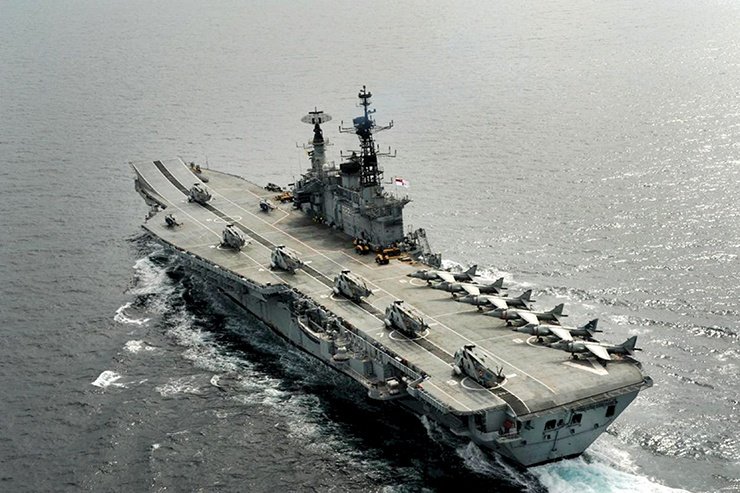
The Indian Navy also sent Letters of Request (LoR) to UK-based firm BAE Systems, Naval Group (DCNS) in France, US’ Lockheed Martin and Russia’s Rosoboronexport for information on carrier design as well as for RFI of 59 fighters. India also explored the offer of General Atomics’ Electro Magnetic Aircraft Launched System (EMALS) like on the US Ford Class, and Dr Vivek Lall of General Atomics, formerly Boeing Military head in India, gave presentations to the Indian Navy as it is being fitted on US carriers.
Even Prime Minister Narendra Modi was supportive of the India’s third aircraft carrier programme and held a Commander’s Conference on board INS Vikramaditya, and Indian Navy devoted US$5 million to the design effort from its budget. When demitting office on May 31, 2014 Chief of Naval Staff (CNS) Admiral RK Dhowan on his farewell visit to Goa said that the Government was yet to freeze the design specifications for Vishal, as nuclear energy that enables a carrier to sail for months without needing to dock for refuelling was also on the cards. A nuclear-powered carrier provides a Navy ‘longer sea legs’ to enhance its reach beyond territorial waters. It has been debated that the third carrier may need a nuclear generation of 180 MW for propulsion, with two reactors of 90 MW each. Talks with the Bhabha Atomic Research Centre (BARC) have taken place to propel 60,000 to 70,000 tonnes on the basis of the INS Arihant reactor.
War and peace are two sides of a coin that need constant attention for a nation like India seeking world power status. Modern war fighting doctrines will also need to be incorporated in India’s marine infrastructure ashore, shipbuilding and weapons and for peacetime as required for Humanitarian Assistance and Disaster Relief (HADR) and Flag showing, interoperability with modularity and combat capability to deter wars and fight and win future wars. A three carrier Indian Navy is inescapable for India’s needs. However, then Defence Minister Nirmala Sitharaman and later newly-appointed Chief of Defence Staff (CDS) General Bipin Rawat after reviewing the budget have postponed work on the funding and design work on the third aircraft carrier but it will be an imperative maritime need when the defence budget permits. This may take some time as priority for spending has already shifted to the Army and Air Force with more fighters and early delivery of Rafales after the belligerent intrusion of PLA forces across the Line of Actual Control in Ladakh, and build up of forces, but a third aircraft carrier of appropriate design will be a maritime imperative for India.
–The author is former DNI and DNO in the Indian Navy and author of books and the Indian Navy Year Book-2020. Views expressed are personal and do not necessarily reflect views of Raksha Anirveda









